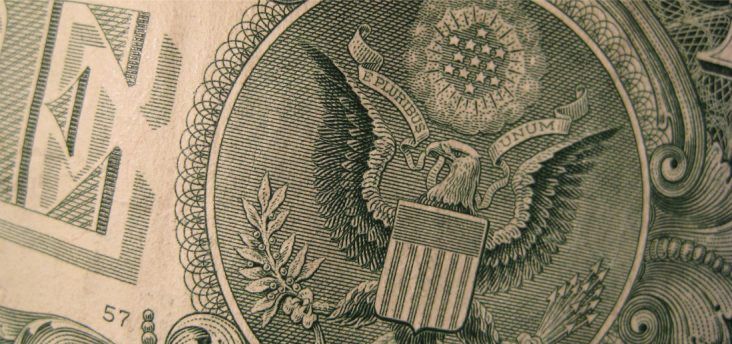CPI shows prices up 8.5% in March report
by April 12, 2022 2:51 pm 620 views

The Consumer Price Index rose 8.5% in March, the largest annual increase since December 1981. The all-items less food and energy index rose 6.5%, the largest annual increase since August 1982.
The energy index rose 32% over the last year, and the food index increased 8.8%, the largest 12-month increase since the May 1981, according to the U.S. Bureau of Labor Statistics.
Mervin Jebaraj, director for the Center for Business and Economic Research at the University of Arkansas, expects inflationary pressures to subside.He said there will be pressure on the supply chain and oil prices for the foreseeable future and businesses are working around those challenges. He said the cost of goods should moderate as consumers shift spending to services. Jebaraj does not expect sticker shock for those planning trips this summer. He anticipates pent-up demand will override price concerns.
Economists at Wells Fargo said last week they expected year-over-year inflation to peak in March above 8%. They also expect inflation to moderate in the second half of the year and into 2023 as the Fed continues to raise rates.
GAS, ENERGY PRICES
In March, the gasoline index rose 18.3% and accounted for over half the total monthly increase from February prices. Gasoline prices averaged 48.3% more expensive than in March 2021. Energy costs are up 32% from March 2021 which is pushing consumer utility bills higher to the tune of 11.1% for electricity service and 21.6% for natural gas services, noted the BLS report.
Outside of gasoline prices, a micro-chip shortage which has decreased the manufacturing capabilities of new automobiles has pushed up the cost of used cars, trucks and SUVs by 32% from March 2021.
Food costs are up 10% from a year ago. Meat, poultry, fish and eggs prices are up 13.7% from a year ago, while a hamburger or steak indexed 16% higher in March. Milk, eggs and cheese were 10.3% higher than a year ago, according to BLS data. Food at restaurants is more expensive as menu prices are higher to help offset higher food ingredients and labor costs. Full-service restaurants rose prices 8% from a year ago, while limited service meals rose 7.2%.
Apparel costs are up 6.8% from March 2021, with rents and other shelter costs rising 5% higher. Home prices are up 15% across the country and that is likely to push rents higher, according to the Federal Reserve Bank of Dallas that pegs rental inflation to reach 6.9% by summer. BLS said home furnishing prices were 10% higher in March compared to a year ago. That was the biggest 12-month increase since July 1975.
Transportation costs from train tickets and airfares rose 7.7% in March from a year ago. Ironically, medical costs were among the lowest increases at 2.9% from March 2021, BLS noted.
Prices for online goods also continued to surge in March at a record pace, according to data released on Tuesday from Adobe Inc., whose digital index increased 3.6% from a year ago. Consumers buying apparel online paid 16.3% more on average and grocery prices rose 9%.
SMALL BUSINESS SENTIMENT
The National Federation of Independent Business reported Tuesday that small business owners have become more pessimistic as inflation soars, workforce tightens and interest rates are rising. Small-business owners are more pessimistic about the economy than they have been in decades, according to the Small Business Optimism Index released Tuesday by the National Federation of Independent Business.
The index was down by 2.4 points in March, the third monthly drop in a row. The percentage of business owners who think things will get better over the next six months fell to the lowest level in the survey’s 48-year history. Nearly one-third of owners pointed to inflation as the single biggest problem facing their businesses, up by 5 points from February and the highest reading since the first quarter of 1981. Rising prices are now regarded as a worse problem than the labor shortage.
“Their outlook has definitely soured over the last three months,” said Holly Wade, executive director of the National Federation of Independent Business. “They continue to see inflation as this huge obstacle they have to navigate. It is the first time small-business owners have faced such a sustained period of runaway price increases, and the sense of being in uncharted territory contributes to their downbeat expectations.”
